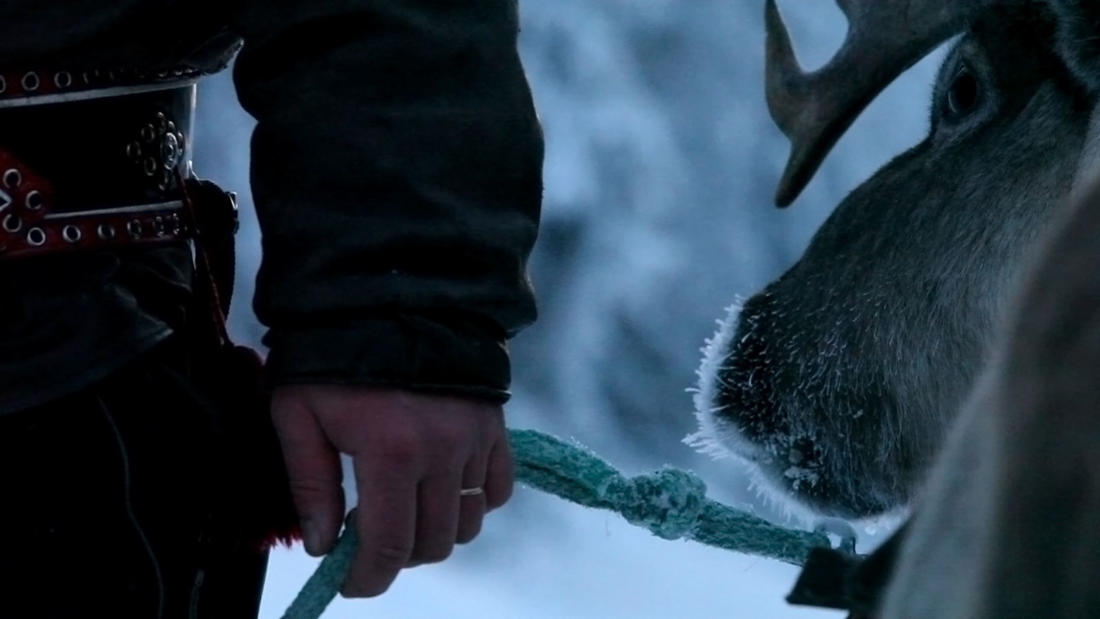
Midwest Theater Scottsbluff, NE
Walter Schacht
Rangeland ecologist, University of Nebraska-Lincoln
withJessica Oreck
Director of AATSINKI
andTom Sanders
Sandhill rancher
andPhilip Licking
Reindeer rancher
andJim O'Rourke
Emeritus rangeland scientist, Chadron State College
Aatsinki: The Story of Arctic Cowboys— The Cowboy Life: From the Arctic Circle to the High Plains
Program Description
The reindeer herding depicted in Aatsinki has parallels to cattle ranch operations in western Nebraska. Before this screening, University of Nebraska-Lincoln Rangeland Ecologist Walter Schacht discuss his research and how it relates to the film. A lively panel discussion after the film will feature Schacht, filmmaker Jessica Oreck, Sandhills rancher and Chadron State College Emeritus Rangeland Scientist Tom Sanders, and reindeer rancher Philip Licking—plus live reindeer from Stable Productions!
Presented At
Midwest Theater Scottsbluff, NE
Film Synopsis
One year in the life of reindeer herders in Finnish Lapland illuminates the joys, complexities, and contradictions of living close to the land in the modern age.
Brothers Aarne and Lasse Aatsinki are cowboys of the Arctic: quiet but good natured, dare-devilish but humble, rugged but gentle, and exceptionally knowledgeable when it comes to their little slice of wilderness. The brothers, along with their wives and children, live well north of the Arctic Circle in Finnish Lapland, where they are the leaders of a collective of traditional reindeer herders who manage the last group of wild reindeer in all of Finland. Aatsinki follows the family for the span of one year, quietly observing their seasonal routines and the difficulties and joys of a life so closely tied to the land.
Though, on the surface, Aatsinki is the story of a single family, its underlying narrative is one of global consequences and connections. Between their uncanny understanding of the landscape and their reindeer on the one hand, and their heavy reliance on snowmobiles and helicopters on the other, the herders have been categorized as beacons of sustainability and demons of environmentalism – in essence, poster children for simplicity and technology alike. Their story raises weighty questions about what it means to live with the land and invites audience members to reconsider their own assumptions about technology, food production, and, most critically, man’s place in nature.